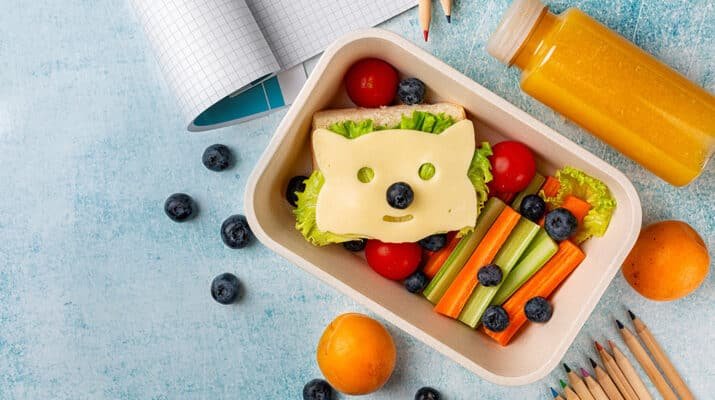Fuel up your kids right for homework and play
By Deborah Jeanne Sergeant
Dietitians agree that every food can be part of a healthful diet. However, relying too much on empty calories can lead to poor health.
If your children need an after-school snack, plan to provide things that support nutrition, not chips, fruit snacks, candy and cookies.
“We need to not assume that kids won’t like healthy foods and continue to offer a variety of choices,” said Diane Oldenburg, associate public health educator for Oswego County Health Department. “They may not eat them the first time but continue to offer them a variety of choices. Try combining a new food with a favorite food. Focus on limiting foods with a lot of added sugar or sodium. Promote fruits and vegetables. Kids and adults like dipping; add a low-fat dip or canned fruit with no added sugar.”
Helping kids make good snack choices is about accessibility — how easy it is to get that snack.
Opening a bag of chips is easier than peeling and cutting up carrots and spooning out hummus.
Oldenburg advises keeping snacks at eye level and prepared, such as washed and cut produce in clear containers in the fridge, boiled and peeled eggs and portioned cheese.
Making it easy for kids to help themselves to a snack can ensure they’ll reach for more healthful options. Stow the chips and candy up high, where they’re not as accessible.
Satisfying snacks offer carbohydrates, fat and protein. Oldenburg suggested whole grain crackers or bread with low fat cheese, nut butter, hardboiled egg, hummus or yogurt.
“Make them look fun and appealing like ‘ants on a log’, food art, fun shapes, or dips,” Oldenburg added. “Involve kids in the preparation and selection of snacks. Adults should be good role models of healthy snacking.”
If you have the option to prepare something for them, make a smoothie with fresh or frozen fruit, Greek yogurt and peanut butter powder. Smoothies offer fiber, vitamins and protein conveniently in a glass so they can sip while they finish their homework.
Ryan Planer, a family medicine physician at St. Joseph’s Health, also encourages parents to involve their children in shopping for and preparing snacks.
“Mix in healthy yogurts, reading the labels carefully to avoid high sugar content,” he said. “Greek yogurt is a great option alongside cheese or homemade granola snacks that incorporate peanut butter or your favorite alternative. Carbohydrates can be a good option for energy but remember some types of crackers and chips can stick to teeth and cause an increased risk of cavities. Most importantly make healthy alternatives fun.”
It’s easy to reach for pre-packaged snacks like fruit snacks or packets of processed cheese cracker sandwiches. However, Julie Colvin, family medicine physician at St. Joseph’s Health and the chief school physician for Fayetteville-Manlius Schools, cautioned against these kinds of snacks.
“The best school snacks are food that offer a mix of protein, fiber, and healthy fats to keep kids full and energized such as fresh fruits and vegetables, nuts and smoothies,” Colvin said. “Parents should try to avoid processed food such as chips and processed meats. It’s also a good idea to avoid fruit juices or soda with high sugar content.”
Don’t assume each child will always want what the others have. Providing a few options can help each find something enjoyable.
Physician Wendy Scinta, medical director for Medical Weight Loss of New York and founder of BOUNCE Pediatric Obesity Program, offered a few examples of snacks, including: an apple and peanut butter; hummus and veggies; Greek yogurt with berries; mozzarella cheese stick; celery and cream cheese; beef jerky; protein shake and 100-calorie pack of almonds.
Most of these are minimally processed foods and promote eating a variety of foods.

